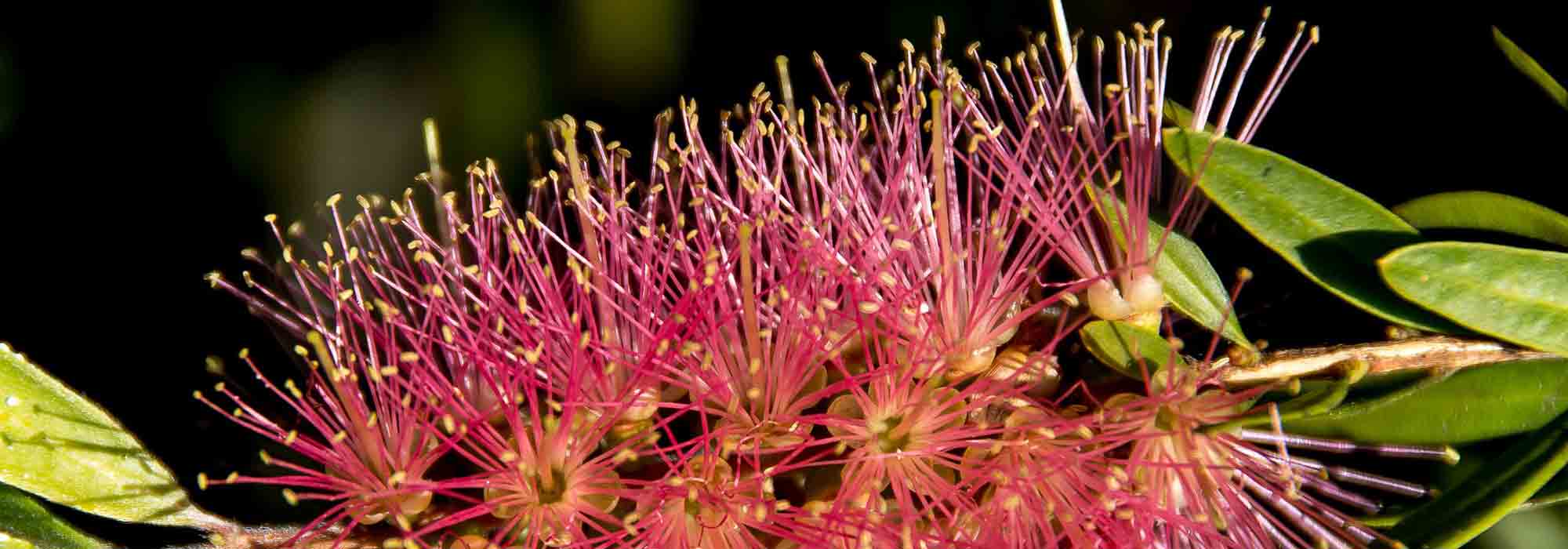
Diseases and pests of Callistemon
Identification, prevention and natural solutions
Contents
Although not very susceptible to pests and diseases, the callistemon may suffer from certain issues, most often due to its growing conditions. For example, pest attacks are more frequent when the plant is grown in a greenhouse.
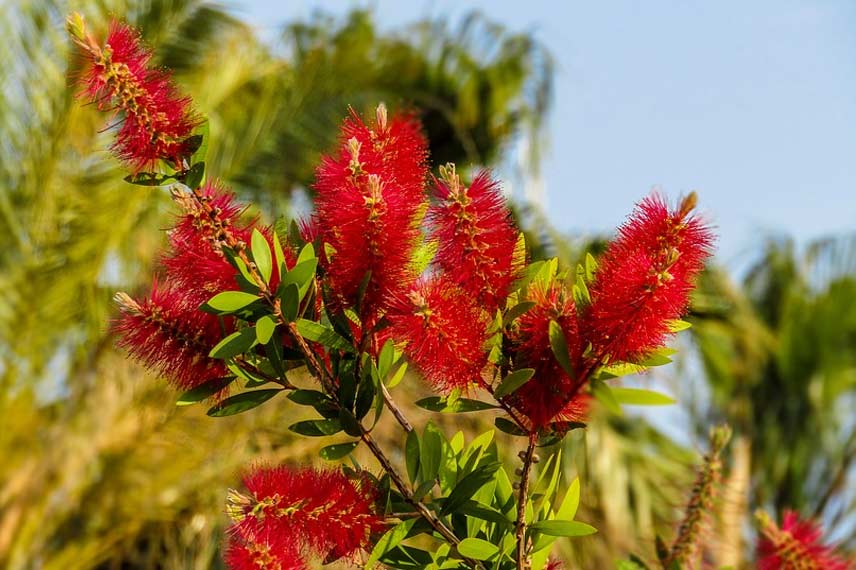
The callistemon or bottlebrush.
Discover here how to identify, prevent, and treat naturally the diseases and pests of callistemon.
Chlorosis of Callistemon
The callistemon can suffer from chlorosis in the presence of overly chalky soil or in cases of excess water. This is a disruption in the plant’s metabolism that can be resolved by rebalancing the growing substrate.
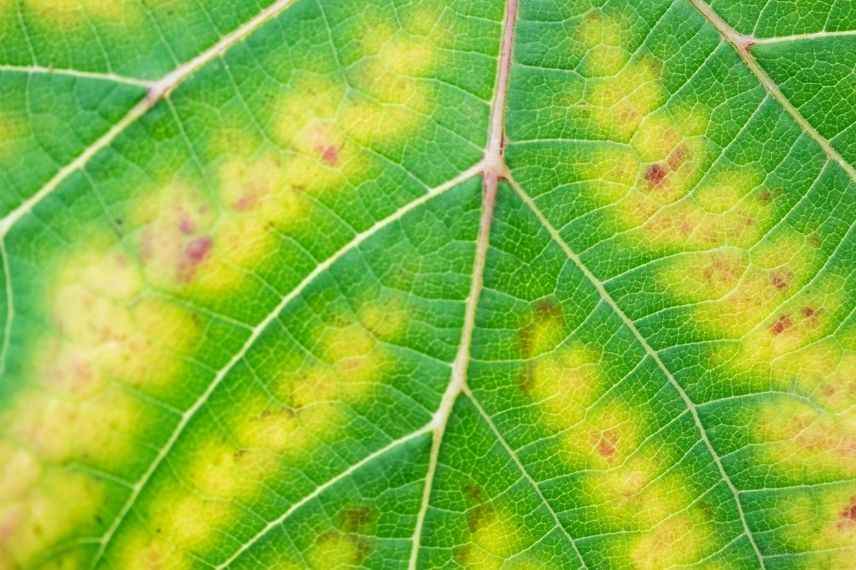
Symptoms of Chlorosis.
Symptoms of chlorosis
When the bottlebrush is affected by chlorosis, its leaves take on a yellowish-white hue due to the gradual loss of chlorophyll, which is responsible for the green colour of plant foliage.
Natural treatments
- As a preventive measure, grow the callistemon in non-chalky soil that is fairly fertile, deep and well-drained.
- To prevent the disease, also apply regular amounts of compost and heather soil by scratching it into the base.
- In the case of established chlorosis, nettle manure makes an excellent natural fertiliser to remedy the issue, as it contains nitrogen, potassium, and iron.
Foliar spots and stem necrosis in Callistemon
Callistemon can be affected by the fungus Cylindrocladium scoparium. Naturally present in myrtaceae, this pathogenous organism overwinters as microsclerotia and can survive for several years in the soil or on infected plant tissues. High temperatures, coupled with high humidity and heavy rainfall, provide ideal conditions for its development.
Symptoms
In the bottlebrush, Cylindrocladium scoparium can cause spots on the foliage of the plant, as well as necrosis of the stem.
Natural Treatment
- Avoid planting a callistemon in soil infested with C. scoparium.
- Limit the movement of plants and remove plant debris to restrict its spread.
- Improve air circulation in your crops by reducing plant density or pruning them.
- Eliminate infected plantings by burning them.
- Treat with a mixture of Bordeaux mixture and black soap.
Discover other Callistemon
View all →Available in 2 sizes
Available in 1 sizes
Available in 2 sizes
Available in 1 sizes
Available in 1 sizes
Available in 2 sizes
Available in 2 sizes
Available in 2 sizes
Available in 1 sizes
Available in 2 sizes
Callistemon and red spider mites
The red spiders, Tetranychus urticae, are among the main pests of the bottlebrush. Belonging to the order of Mites, red spiders are true parasitic pests that feed on the tissues and sap of the callistemon.
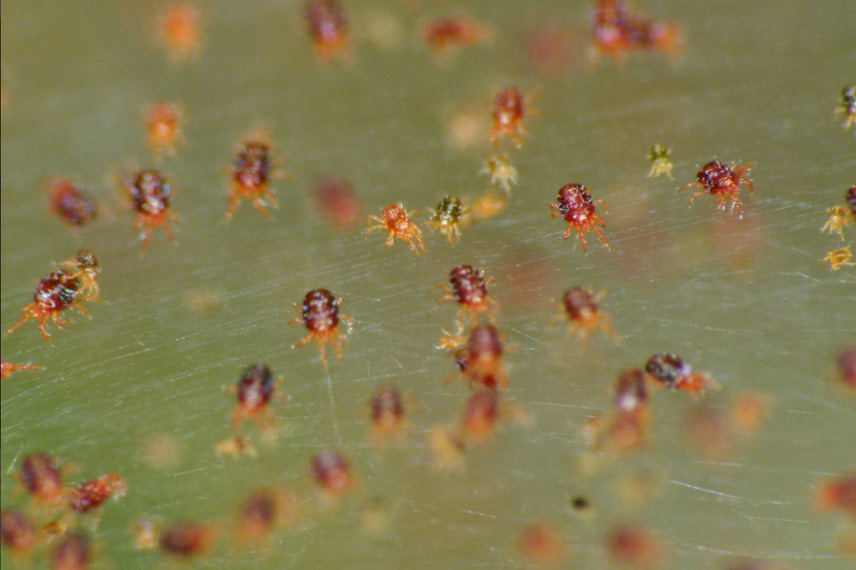
Red spiders ©Steve Kerr – iNaturalist
Symptoms
The presence of bristles on the foliage of the bottlebrush is a good indicator of the presence of red spiders. These bristles, when produced by a large colony of mites, resemble spider webs. Another symptom is that the leaves of the callistemon become speckled with white or yellowish spots and eventually dry out completely before falling off. Be cautious, as in the case of a severe infestation, the plant can quickly succumb, unable to sustain its photosynthesis.
Natural Treatments
- Limit nitrogen inputs as a preventive measure and prefer compost over fast-acting fertilisers.
- In the evening, during warm and dry weather, spray rainwater on the plant’s foliage.
- Spraying nettle manure or horsetail decoction is also an excellent preventive treatment.
- In the event of a confirmed infestation, spray a garlic decoction or a mixture of water, rosemary essential oil, liquid black soap, and rapeseed oil every 3 days for 15 days.
Read also
Nettle manure: how to make it?Callistemon and mealybugs
The mealybug lays its eggs on the foliage of the callistemon, which, once hatched, the larvae feed on the sap of the plant. Mealybugs particularly enjoy confined, warm, and humid environments, such as greenhouses.
 Mealybug
Mealybug
Symptoms
The mealybug is easily spotted on stems or leaves, where it forms cottony, farinose, or waxy clusters. The branches of the bottlebrush gradually weaken due to lack of sap.
Natural Treatments
- Mealybugs are sensitive to the elements, so don’t hesitate to give the foliage of the callistemon a blast of water to dislodge the mobile mealybugs.
- Mealybugs can be removed using a cloth soaked in 90° alcohol or soapy water. Be sure to rinse the plant’s foliage with clear water after this treatment.
- Spraying with rapeseed oil, repeated two or three times at 15-day intervals, provides an effective curative treatment against mealybugs.
- White oil (or paraffin oil) is also very effective against mealybugs.
Callistemon and sawfly larvae
Tenthrid larvae, small hymenopterans known as sawflies, literally devastate the foliage of the bottlebrush, weakening it to the point of significantly slowing its growth. The false caterpillars are active between May and October.
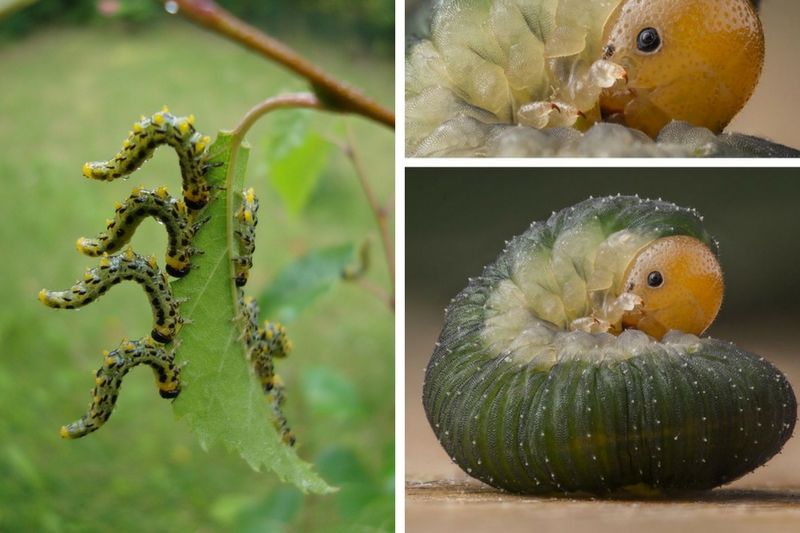
Tenthrid larvae
Symptoms
An attack by tenthrid larvae is recognised by the numerous perforations and cutouts that appear on the leaves, or even the complete disappearance of the terminal shoots of the branches. The larvae are also clearly visible on or beneath the leaves of the callistemon. A significant attack can lead to the decline of the plant, even in mature specimens.
Natural treatments
- Regular sprays of liquid black soap are generally very effective against visible tenthrid larvae. However, be cautious when using this treatment, as repeated applications of black soap can also eliminate beneficial insects in the garden, such as ladybirds.
Useful resources
- Discover the garlic decoction recipe and learn how to make nettle manure and horsetail manure to naturally protect and care for your callistemon.
- Learn more about Bordeaux mixture with our dedicated article.
- Patricia reveals everything you need to know about black soap and its use in the garden.
- Finally, discover how to care for garden plants with essential oils.
- Subscribe!
- Contents
































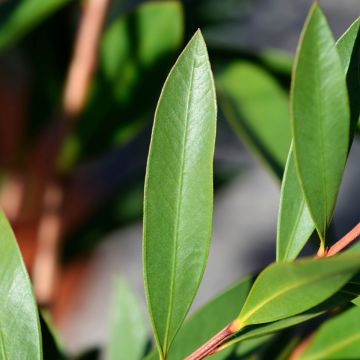
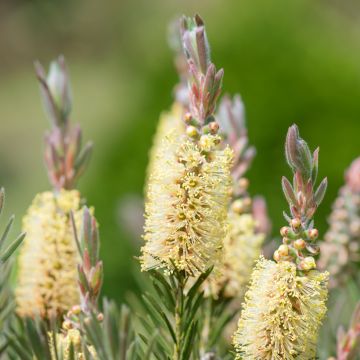
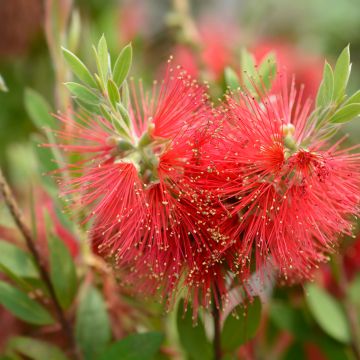
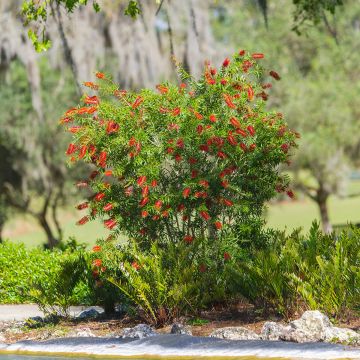
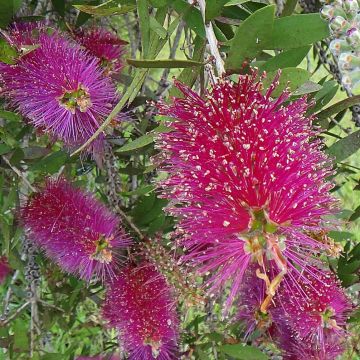
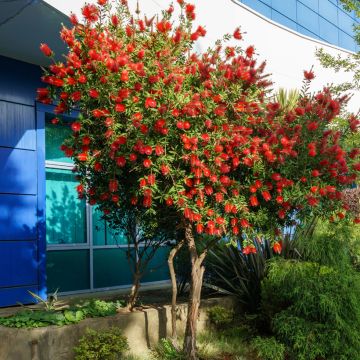
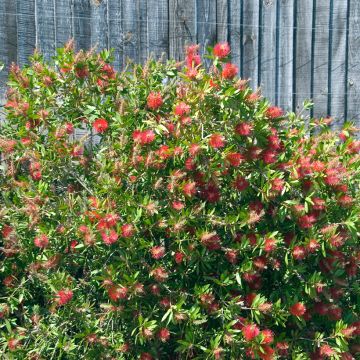
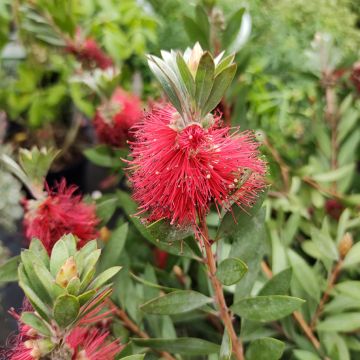


Comments